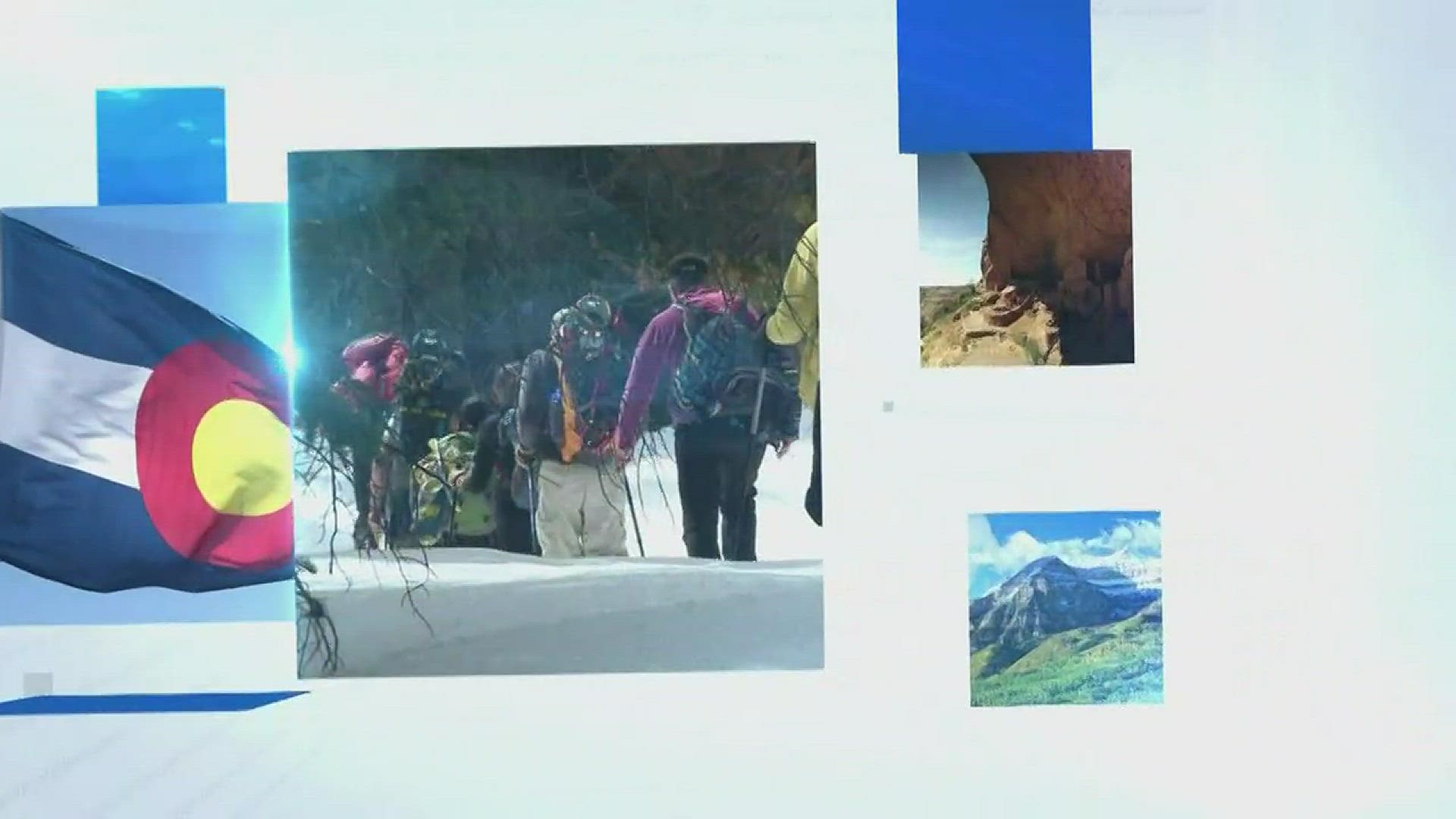GREELEY — As he sits inside his Greeley garage surrounded by old jerseys and mitts, Gabe Lopez and his wife Jody reflect on how they became custodians of a history that goes much deeper than baseball.
"We want people to know what our fathers, what our grandfathers tried to teach us," Lopez said.
Like the Latino farmworkers now, Latino farmworkers in 1924 were a significant part of the northern Colorado community. The sugar factories built what they called Spanish Colonies and starting as early as 1925 the workers in those colonies formed baseball teams to play against other migrant workers in nearby towns.
"Talking to the elderly, talking to individuals, having them all tell you their wonderful stories and them able to share it," Lopez said, "that's what makes this history amazing."
In 1995, Lopez was seriously injured in a gas explosion.
"I with pain 24/7," Lopez said.
To pass the time, he started researching the history of his own family. That led to his dad's and family's love of baseball and the team called the Greeley Grays. While doing research at the City of Greeley Museum, he was asked to write something up on the Spanish Colonies for the museum. That's when everything changed.
"We did a 10-page pamphlet and then I showed it to her and she threw it back at me and said, 'there's your book,'" Lopez said.
JoAnna Luth Stull is the registrar at the City of Greeley Museum. Peggy Ford Waldo is the development curator there. They offered to help Lopez write a book.
"They taught me how to do research the proper way," Lopez said.
Stull said his topic was the kind of project they were looking for.
"When I found out his family was Spanish Colony, it was like - gasp - we can find out more," Stull said.
Waldo explained it was a part of Greeley history the museum was missing.
"We're wanting to build information into collections that are under-represented," Waldo said. "So, we have a record. Their families have a record. It's something to be proud of."
That worked turned into two books by Lopez on migrant life and the Greeley Grays.
"It's the love of family. It's the love of baseball. It's the love of the community," Stull said.
Lopez said he never dreamed he would be an author.
"You know, I never had so much fun. I never thought I'd be a researcher. I hated English," Lopez said.
Today, the Greeley Grays exist once again as a local baseball club owned by former player Gil Carbajal.
"They're my expensive hobby," Carbajal said with a smile.
Every year, Carbajal and the club pay homage to the players who wore the uniform before them.
"I fell in love with the Grays in 1949 at the Spanish Colony," Carbajal said. "There was a lot of Hispanic or Latino baseball teams around here - Fort Collins, Loveland, Cheyenne, Laramie, Ault."
Baseball, he said, was woven into family histories. The Greeley Grays had integrated teams with blacks, Latinos, and whites playing together before Jackie Robinson broke the racial barrier in the major leagues. Carbajal said the baseball teams were like a family.
"From my perspective, that's what the Grays were all about," Carbajal said.
Lopez became such an expert on the history of Greeley Grays that his collection and research will be included in an exhibit at the Smithsonian's National Museum of American History in Washington, D.C.
"At the National Museum of American History, we have a project called 'Latinos and Baseball: In the barrios, In the Big Leagues'," said Smithsonian curator Margaret Salazar-Porzio. "The three-dimensional stuff is really the bread and butter of museums. So, I'm always kinda on the lookout for really amazing artifacts."
Salazar-Porzio said the Greeley Grays will be part of the exhibit which is scheduled to go up in April of 2020.
"This is like gold," Salazar-Porzio said.
All this work started out as a way to pass the time by a man still living in pain from the explosion.
"This, what we did here, what we're doing and exhibits when we do them, talking to individuals is, it's therapeutic," Lopez said.
Through it all, he said his wife Jody made it all possible.
"She is the wind under my wings," Lopez said. "She's my life and she's done everything."

